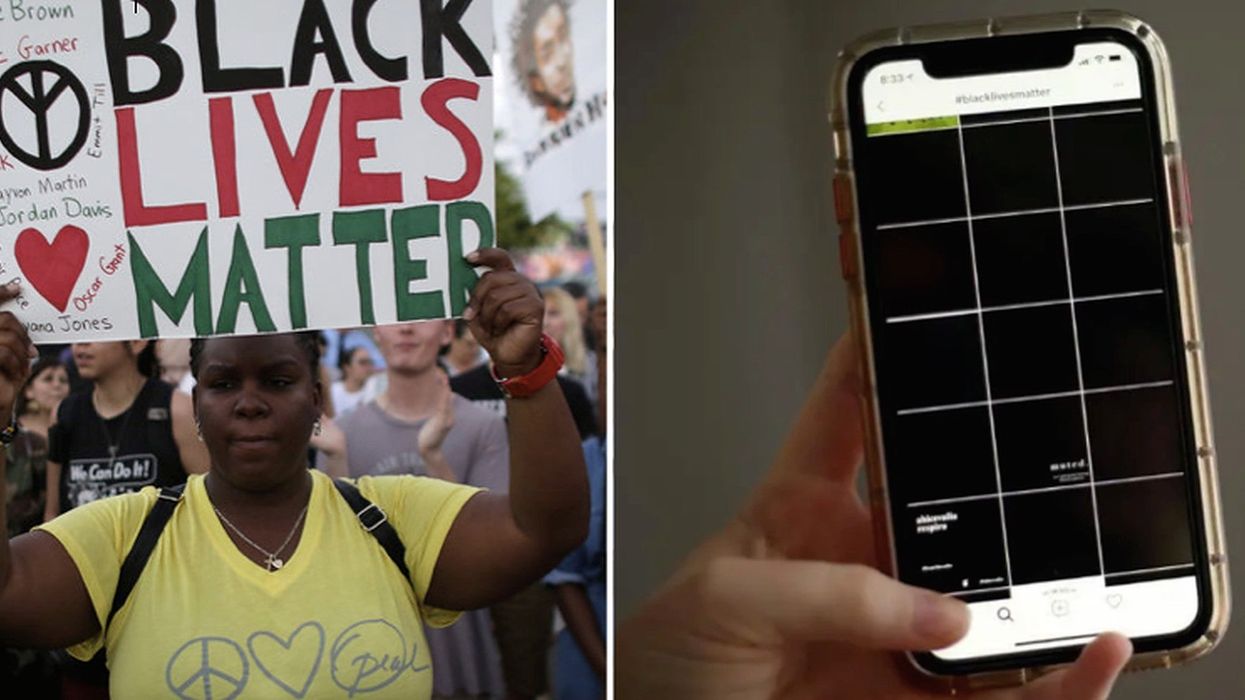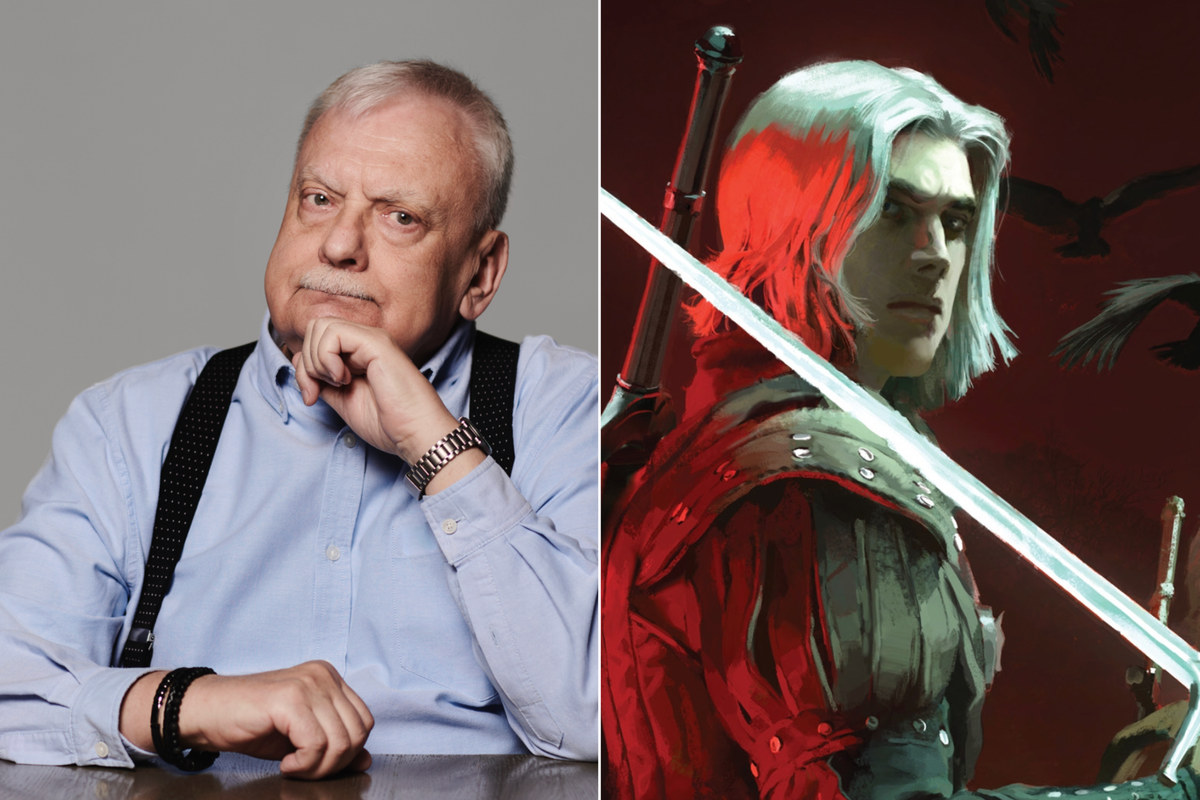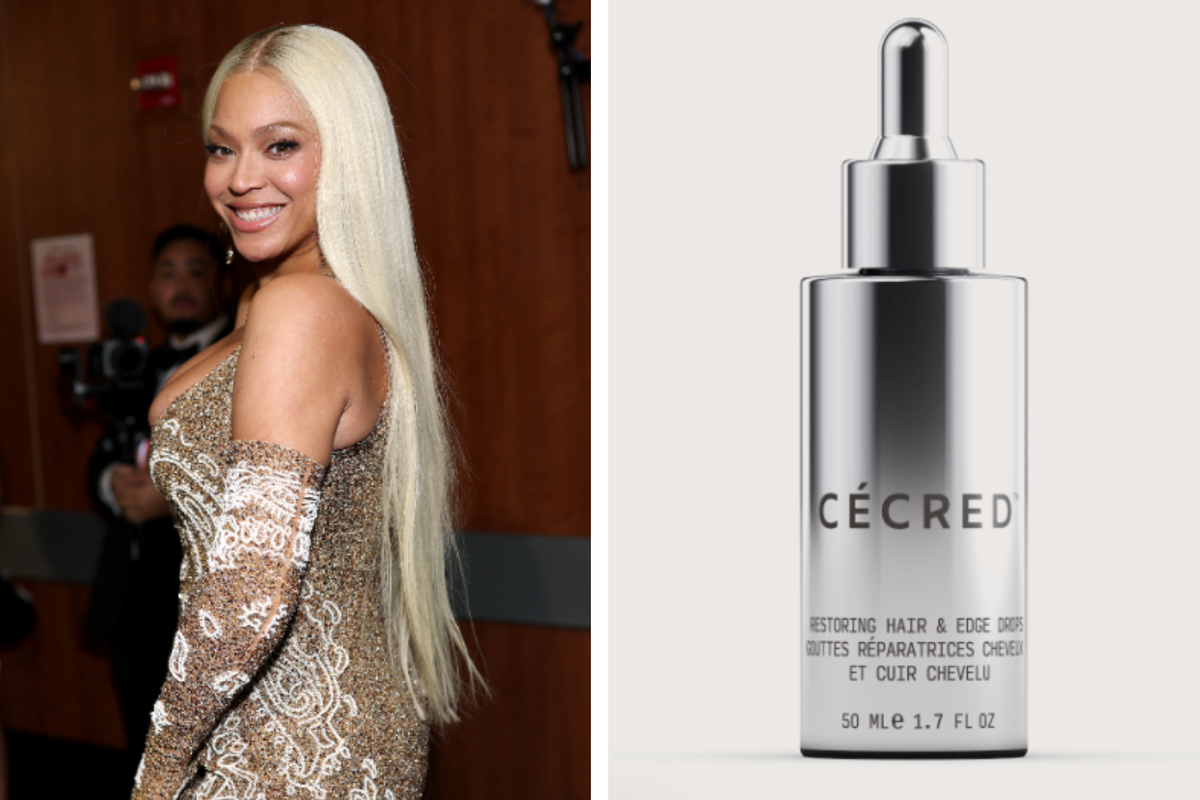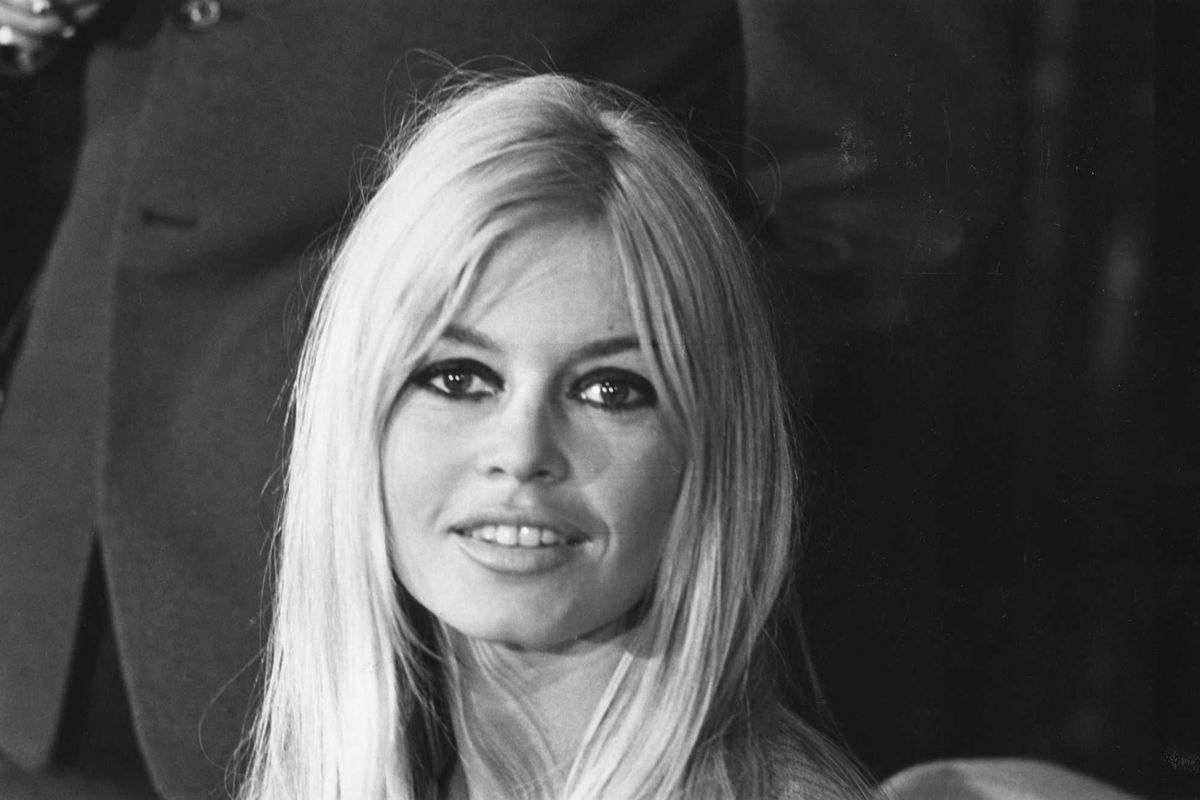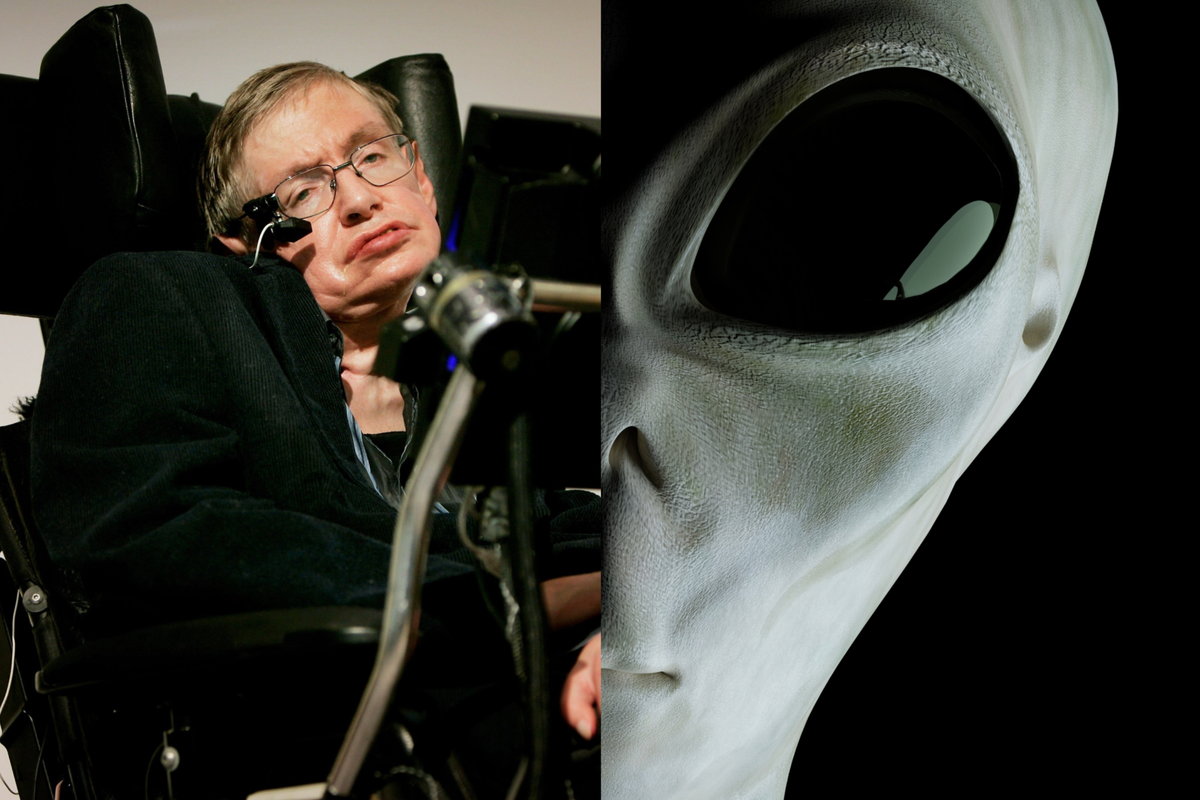News
Moya Lothian-McLean
Jun 03, 2020
When black music executives Jamila Thomas and Brianna Agyemang launched a social media vigil last Friday, in recognition of the protests sweeping the US, they intended their call to be heard solely by the music industry.
Originally dubbed ‘#TheShowMustBePaused’ and scheduled for 2 June, the initiative invited the music sector to ‘black out’ for a day, pausing their usual stream of releases, promotions and social content in order to amplify the Black Lives Matter movement, whether it be sharing resources, fundraisers or the individual work and stories of black people.
Yet somehow over the last 24 hours, a social media initiative started by two black women, for a specific demographic, has become a byword for empty, performative allyship. ‘#TheShowMustBePaused’ mutated into‘#BlackoutTuesday#’ and, in doing so, neatly demonstrated how social media activism can go incredibly awry if the initial intention is lost along the way. All that was left was noise – or rather, the lack of it.
The women behind #TheShowMustBePaused seemingly never associated the #BlackoutTuesday tag with their initiative. Neither did they issue any guidance regarding posting a black square on social media feeds. Agyemang and Thomas left their original request for pause open to individual interpretation, asking only that colleagues in the music industry used the time to reflect. In a statement posted to a dedicated website, the pair wrote:
Tuesday 2nd June [...] is a day to take a beat for an honest, reflective, and productive conversation about what actions we need to collectively take to support the Black community.
The music industry [...] has profited predominantly from Black art. Our mission is to hold the industry at large, including major corporations and their partners who benefit from the efforts, struggles and successes of Black people, accountable
The duo also noted that #TheShowMustBePaused was “not just a 24-hour initiative. We are, and will be, in this fight for the long haul”.
However, when the dust settled on #Blackout Tuesday that’s exactly the criticism that was being levelled at it. The role of two black women in its genesis was erased; critics saw the project as one germinated by “white liberals” and black activists roundly condemned its execution.
How did it go so wrong?
Part of the answer seems to lie in the mutating hashtag attached to the drive. Whereas #TheShowMustBePaused indicated a specific audience that invited people seeing it to do further research into the idea, #BlackoutTuesday appeared pretty straightforward. And the new instructions that appeared alongside it – post a black square and a link to Black Lives Matter resources– tallied with what the name suggested. Especially for many white people who, upon properly confronting their privilege for the first time, are grappling with both the need to be a ‘good ally’ and the innate urge to play that role publicly, as our culture of conspicuous performance entails.
#BlackoutTuesday satisfied all those needs at once. Black out your feeds. Fall silent. Amplify black voices. Done.
Except effective activism isn’t usually that easy. As it turned out, #BlackoutTuesday became a perfect storm of co-option and miscommunication.
According to social trackers, the tag #BlackoutTuesday started appearing on 30 May. Early usage saw it tagged alongside #TheShowMustBePaused, in posts about the music industry action on 2 June. The tag seems to have emerged as a shorthand around then, after social media tiles declaring a “MUSIC INDUSTRY BLACKOUT” were reposted by accounts belonging to music industry personnel. One of the very first mentions of #BlackoutTuesday on Twitter, recorded by Talkwaker, a social media trend tracker, is in a Instagram post from San Francisco distribution company, EMPIRE, uploaded on 30 May.
By 31 May, #BlackoutTuesday was beginning to be mentioned as a standalone tag, even by those with knowledge of its origins. But it was still primarily members of the music industry employing the hashtag, in reference to the upcoming action.
#BlackOutTuesday started as a way for Black music industry executives and employees to BOYCOTT working on Tuesday.… https://t.co/YqqkluAjvf— Farrah Fawx (@Farrah Fawx) 1590949267
That began to change late on 1 June as content creators and influencers began to get on board and widen the initiative beyond the music industry. Popular vloggers like the Twitch gamer Ninja tweeted that they would participating in #BlackoutTuesday and not posting any content to social platforms. White influencers urged one another not to post. Brands with massive followings, such as Rihanna’s Savage X Fenty lingerie company, shared the hashtag and announced they would cease trading or posting for the day “in solidarity”. Participation by non-profit organisations like the Southern Poverty Law Center further legitimised the new message.
Gone were the mentions of the music industry and with each new post, the initiative moved further away from the intended audience. Vague guidance for what #BlackoutTuesday actually entailed added to confusion. Some announced they would be falling silent while others said they would use the time to point followers towards useful resources or voices. Meanwhile, use of the black square as a symbol of the planned action was proliferating, often in tandem with the #BlackLivesMatter hashtag– a pairing that was responsible for so much of the criticism that exploded yesterday.
By the time the 2 June came around, #BlackoutTuesday was its own juggernaut.
Everyone from TikTok stars like Josh Richards to Pauly D from Jersey Shore was using it. The involvement of influencers finally resulted in the hashtag trickling down to us proles on the ground, an inevitable outcome given the role influencers have in, well… influencing our behaviour, especially on social feeds.
The tag could no longer be contained and, with so many people using it – Instagram reports nearly 29 million people have hashtagged #BlackoutTuesday to date – the message was naturally diluted even further. This posed a major problem, given how far #BlackoutTuesday had already travelled from its original intent.
As quickly as the dull black squares were posted, the criticism poured in.
It was almost immediately noted that the tendency of participants to add BLM associated hashtags to #BlackoutTuesday posts were inadvertently silencing the exact demographic that the action was meant to be amplifying. Black squares flooded tags like #BlackLivesMatter, essentially erasing the information, resources and updates being posted there by organisers , protesters and allies alike.
But it’s hard to stop a social media tide. Desperate pleas to edit BLM hashtags from #BlackoutTuesday posts were registered by some – but by then it had been realised that editing the hashtags didn’t remove the upload from the collective tag relevant content was housed under. The posts using the wrong tags had to be deleted altogether.
Efforts to spread the word were also hampered by Instagram, where much of the engagement with #BlackoutTuesday took place. As a visual platform, a flurry of posts can quickly clog Instagram and make users feel oversaturated. Simultaneously, the non-chronological feed meant that the most recent updates weren’t necessarily visible – instead posts from the most popular accounts or ones users engaged with most would appear at the top of their timelines.
For many individuals taking part in #BlackoutTuesday, often white and not plugged into black activist networks or following accounts "in the know", the message about the harm being caused by black squares was not received. Curated feeds worked just as a bubble of white privilege does in real life, cushioning them from the damaging effects of their action, however well-meaning.
As the day wore on and the black squares kept coming, with more and more social media users simply posting a plain graphic and the hashtag, with no accompanying directives, the narrative around the initiative soured. There was speculation it had been conjured up by malicious actors, hoping to silence the Black Lives Matter movement and its masterful use of social media. Others deemed it merely performative nonsense, created as nothing more than a tokenistic balm to soothe the conscience of white people, so they could get back to the comfortable space of not considering their own position in a framework of structural racism.
#BlackoutTuesday seemed to confirm the suspicion and fear of many black people and allies, who had been reckoning with racism long before George Floyd’s death, that this newfound outpouring of solidarity will disappear as soon as the media cycle moves on. What was never intended to be a “24-hour initiative” became literally that. The black square seemed to sum up the empty posturing of a culture that praises the performance of activism more than it does the actual practice of it.
In the negative reaction to the tag, there lay both resentment and weary experience.
As writer and arts communications professional Khuroum Bukhari puts it: “blackout day is yet another voiceless coda to mark or entertain a day in the 21st century visual-attention economy.
Like Throwback Thursday or Flashback Friday. Benign, easily resolved and ultimately, the currency of said economy. Ultimately, no one is educated through a black square.
#BlackoutTuesday was an unfortunate, but valuable, lesson. While social media activism can be powerful, it is also uncontrollable and trade offs mean the farther a message spreads the more nuance and meaning is lost.
An influx of green new participants, eager to help but ill informed of the best way possible, combined with an existing culture of activism as performance and the use of a platform ill-equipped to spread successive pieces of information quickly, led to disaster.
Ironically, the episode will have hopefully taught many to do what #TheShowMustBePaused originally intended: listen to black voices first and foremost and don’t mindlessly post on topics you’re not educated about.
Top 100
The Conversation (0)
